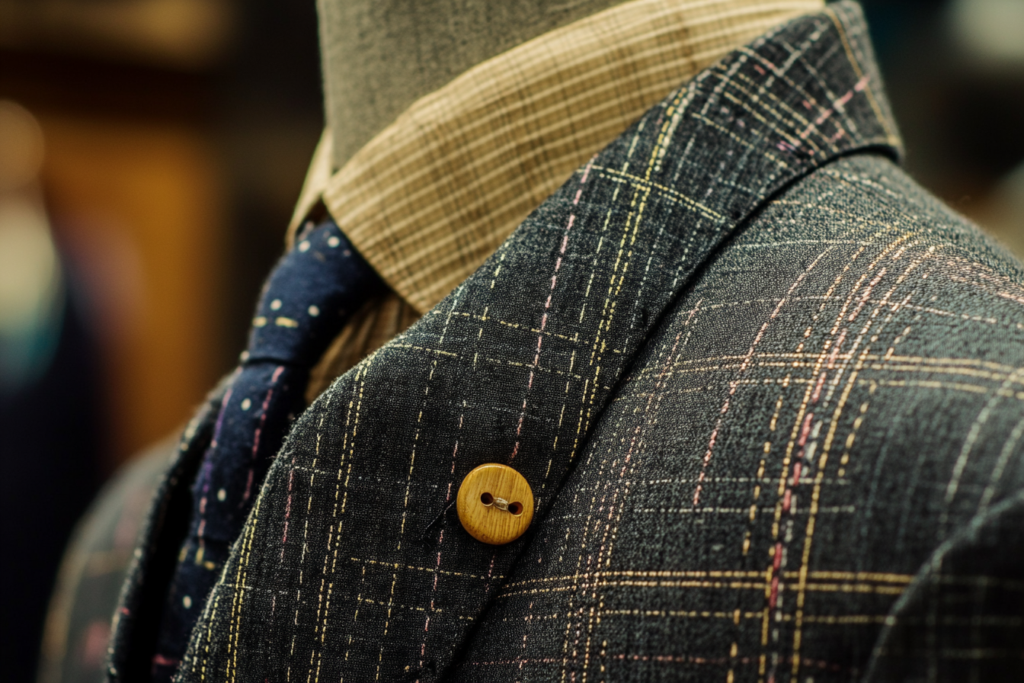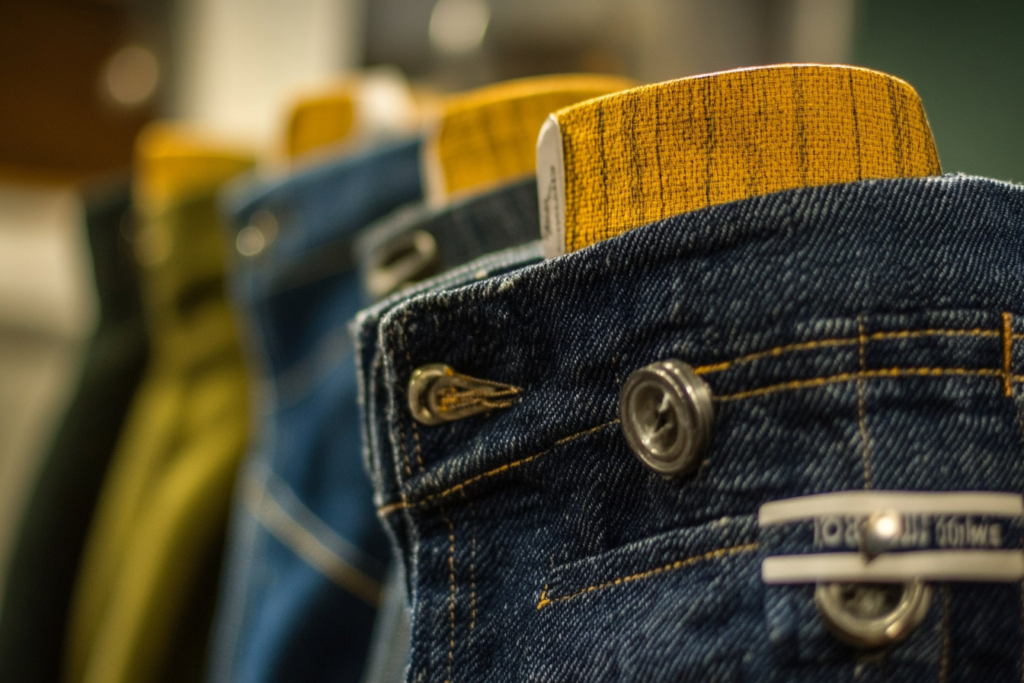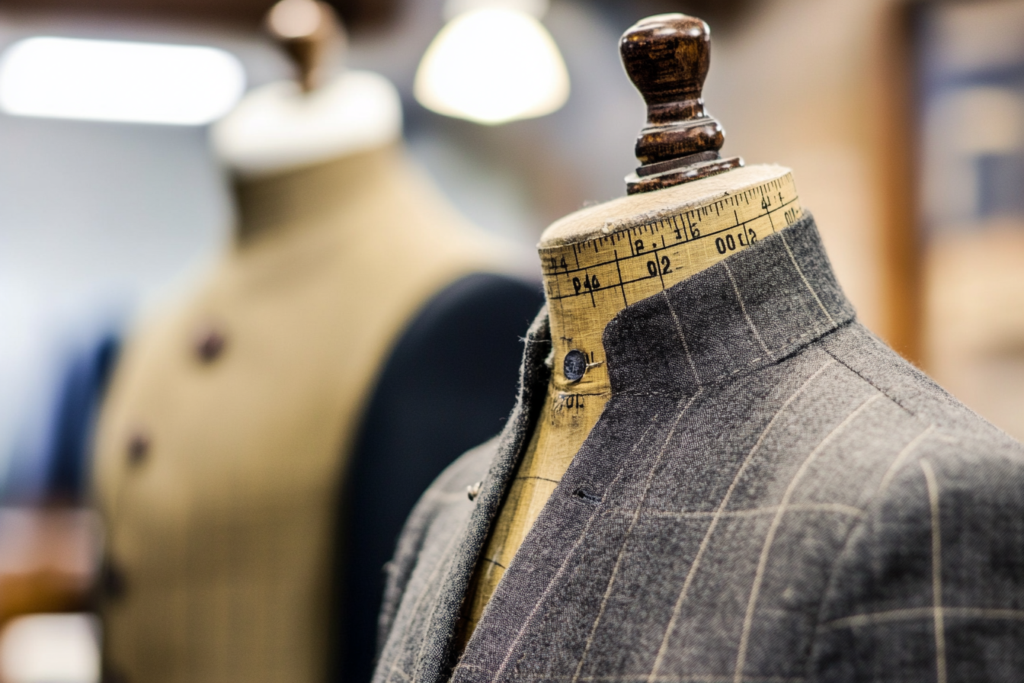Points of Measure (POM): Key Locations for Garment Sizing & Fit
Meta Description: Points of Measure (POM) refer to specific locations on a garment where measurements are taken, ensuring accuracy in sizing and fit. Learn about their importance in apparel production.
What Are Points of Measure (POM)?
Points of Measure (POM) are specific locations on a garment where measurements are taken to ensure proper fit and consistency. These points are defined in technical specifications and are used during pattern making, sample development, and quality control.
Common POMs include locations such as bust, waist, hip, shoulder width, sleeve length, and inseam.


Key Features of Points of Measure (POM)
✔ Defined in Technical Specs – Used by pattern makers, graders, and quality control teams.
✔ Ensures Sizing Accuracy – Helps maintain consistency across production.
✔ Used in Quality Control & Sample Fitting – Helps check garment dimensions before mass production.
✔ Standardized for Different Garments – Varies for tops, bottoms, dresses, and outerwear.
✔ Essential for Sizing & Grading – Helps in developing size charts and pattern adjustments.
Where Are Points of Measure Used?
📌 Pattern Making & Grading – Determines dimensions for different sizes.
📌 Sample & Prototype Testing – Ensures garments match design specifications.
📌 Quality Control (QC) in Manufacturing – Checks garment consistency before mass production.
📌 Retail & Sizing Charts – Used for customer size guides and product descriptions.
📌 Alterations & Custom Tailoring – Helps in adjusting fit based on body proportions.
Common Points of Measure (POM) in Garments
1. POM for Tops (Shirts, Blouses, Jackets, Dresses)
- Bust Width – Measured 1 inch below the armhole.
- Shoulder Width – From shoulder seam to shoulder seam.
- Sleeve Length – From shoulder seam to cuff edge.
- Body Length – From high point shoulder (HPS) to hem.
- Armhole Circumference – Measures the depth of the armhole opening.
2. POM for Bottoms (Pants, Skirts, Shorts)
- Waist Width – Measured at the natural waistline.
- Hip Width – Taken 6–8 inches below the waist, depending on garment type.
- Inseam Length – From crotch seam to hem.
- Outseam Length – From waistband to hem.
- Leg Opening – Measures the width of the hem at the bottom of the leg.
3. POM for Outerwear (Coats, Blazers, Sweaters)
- Chest Width – Measured 1 inch below the armhole.
- Jacket Length – From high point shoulder to hem.
- Sleeve Length – Measured from the shoulder seam to the cuff.
- Hem Width – Measures the bottom edge of the garment.
💡 Tip: Each brand may have slightly different POM definitions, but they all follow industry standards for consistency.
Points of Measure vs. Body Measurements
| Feature | Points of Measure (POM) | Body Measurements |
|---|---|---|
| Measured On | Garment (laid flat or on a form) | Human body |
| Purpose | Ensures consistency in garment sizing | Determines personal fit for clothing |
| Used In | Pattern making, sizing charts, QC checks | Custom tailoring, buying clothes |
| Example | Bust width on a blouse | Bust circumference on a person |
💡 Tip: POM measurements help brands create consistent fits, while body measurements guide individual sizing.
Why Are Points of Measure Important?
✔ Ensure Garment Fit Consistency – Essential for mass production and brand sizing accuracy.
✔ Standardized Across Manufacturing – Used by factories, designers, and retailers globally.
✔ Reduces Errors in Sizing & Production – Prevents misalignment between samples and final products.
✔ Improves Customer Satisfaction – Helps consumers choose the right size with confidence.
✔ Essential for Online Shopping & Retail – Ensures accurate size guides for e-commerce.
Conclusion: The Role of POM in Apparel Production
Points of Measure (POM) are crucial for ensuring consistent garment sizing, accurate production, and high-quality clothing. Whether used in pattern making, quality control, or online sizing guides, these standardized measurement points help create well-fitting, professionally made garments.
For brands, designers, and manufacturers, understanding POM ensures precise garment construction and enhances customer satisfaction in fashion retail.



